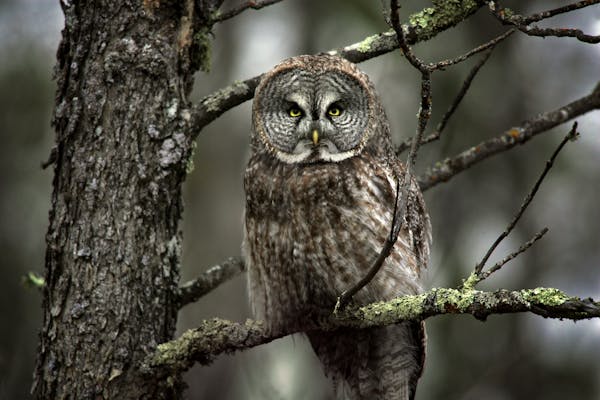We in the metro area, as of Friday, have gained one hour and 10 minutes of daylight since Dec. 21, the winter solstice marking the shortest day and longest night of the year.
No wonder we hear more bird music.
Several species have been responding to the longer daylight times. Black-capped chickadees sing their whistled fee-bee song also interpreted as spring-soon; northern cardinals sing their whistled what-cheer, cheer over and over; and downy woodpeckers drum loudly on tree trunks and branches, declaring territories and forming pair bonds.
The last few weeks have been an exciting time for those, like me, who think of themselves as birders. There is a subtle invasion of two small bird species that have come from well into Canada.
White-winged crossbills have been spotted in spruce trees across much of the state from Grand Marais south to the Faribault, Waterville and beyond. Sometimes there are more than 100 birds in a flock. Common redpolls have arrived at feeding stations in northern Minnesota and also into the south. Both species are seed-eaters in the winter and no doubt are here to take advantage of our abundant food sources. What we are experiencing this winter is an irruption of these far-northern birds that happens only every five or 10 years or longer.
Look for white-winged crossbills high in groves of ornamental and native spruce trees. You might hear their chipping calls. They also will dig into cones that have fallen on the ground and appear quite unafraid of humans watching them.
A bit over 6-inches long, a white-winged crossbill has two broad, white wing bars and dark-colored wings and tail. Males are mostly dull rose-pink; females olive-gray. Their most outstanding characteristic is the crossed mandibles of the bill. The slender point of the upper mandible curves down and the point of the lower mandible curves up. When feeding in trees, they crawl about using their bills and feet much like small parrots. The crossed bill is used to force open and hold the cone scales apart while the bird uses it tongue to lift out the seeds. Besides eating seeds from spruces and other conifers, they'll go for insects, fruit and other seeds other times of the year.
Jim Gilbert has taught and worked as a naturalist for more than 50 years.

Wolves' Finch ruptures patellar tendon in fourth-quarter collision
Edwards shines in fourth quarter to deliver Wolves a series sweep


